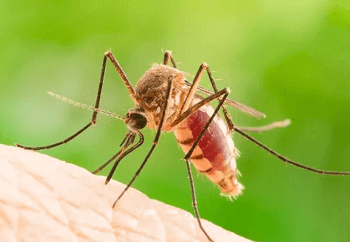A pest is whatever:
- Rivals people, domestic creatures, or advantageous plants for food or water,
- Harms people, creatures, advantageous plants, designs, or assets,
- Spreads sickness to people, homegrown creatures, natural life, or advantageous plants,
- Bothers people or homegrown creatures.
Kinds of Pests

Kinds of pests include:
- Creepy crawlies, like insects, termites, mosquitoes, aphids, scarabs, bugs, and caterpillars.
- Bugs like life forms, like parasites, ticks, and insects,
- Microbial creatures, like microorganisms, growths, nematodes, infections, and mycoplasmas,
- Weeds, which are any plants that develop where they are not needed,
- Mollusks, like snails, slugs, and shipworms, and
- Vertebrates, like rodents, mice, different rodents, birds, fish, and snakes.
More Information -living beings are not pests. Animal categories might be a pest in certain circumstances and not in others. A living being ought not to be viewed as a pest until it is demonstrated to be one. Classifications of pests include:
- Ceaseless pests that curve almost consistently present and require customary control.
- Transitory, or repetitive pests that require control infrequently or irregularly.
- Potential pests that don’t need control under typical conditions. In any case, may require control under specific conditions.
Pest Identification
The exact distinguishing proof is the initial phase in a successful pest the executive’s program. Never endeavour a pest control program until you make certain of what the pest is. The more you know about the pest and the elements that impact its turn of events and spread, the simpler, more practical, and more effective your pest control will be. The right ID of a pest permits you to decide essential data about it, including its life cycle and the time that it is generally helpless to be controlled.
To have the option to recognize and control pests, you want to know:
The actual components of the pests are liable to be experienced.
- Qualities of the harm they cause,
- Their turn of events and science,
- Regardless of whether they are constant or irregular. or on the other hand likely pests.
Pest Control
Any time you are thinking about whether pest control is vital, recall:
- Control a pest just when it is causing or is relied upon to cause more mischief than is sensible to acknowledge.
- Utilize a control system that will lessen the pest numbers to an adequate level.
- Cause as little mischief as conceivable to everything except the pest.
- Even though a pest is available, it may not do a lot of damage. It could cost more to control the pest than would be lost as a result of the pest’s harm.
Pest Control Goals
At whatever point you attempt to control a pest you will need to accomplish one of these three objectives. or on the other hand a mix of them:
- Avoidance – holding a pest back from turning into an issue.
- Concealment – decreasing pest numbers or harm to a satisfactory level.
- Annihilation – obliterating a whole pest populace.
Anticipation might be an objective when the pest’s presence or wealth can be anticipated ahead of time. Nonstop pests, by definition, are typically entirely unsurprising. Inconsistent and potential pests might be unsurprising if you know the conditions or conditions that will incline toward their essence as pests. For instance, some plant illnesses happen just under specific ecological conditions. If such conditions are available, you can find ways to keep the plant illness-living beings from hurting the beneficial plants.

